Tag: Sternentstehung
-
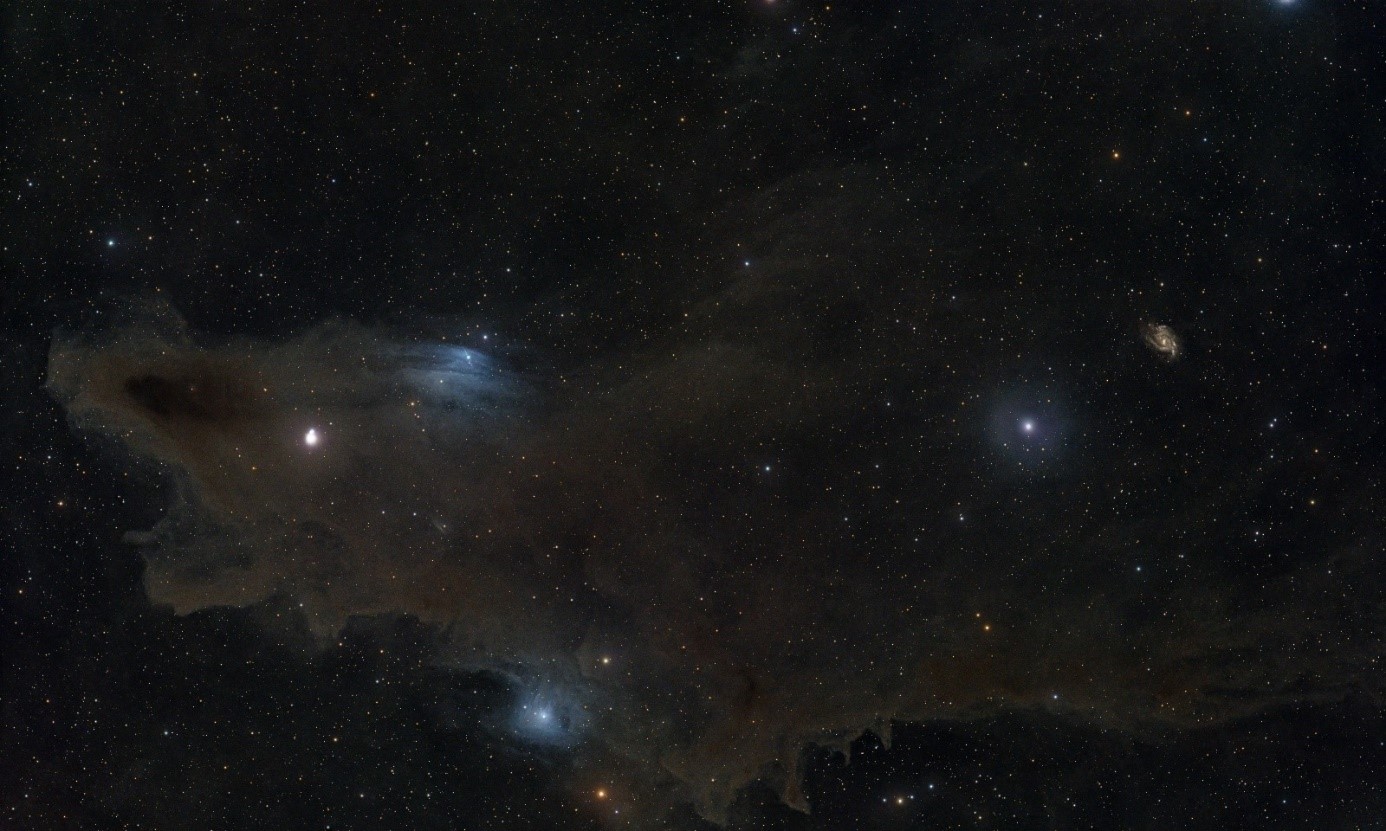
The World of Dark Nebulae
The vast majority of astrophotos show luminous objects such as galaxies, stars, luminous nebulae or supernova remnants. This is about dark nebulae, which appear dark with their dust and gas and are all the more difficult to spot, although they are all the more interesting as the origin of the stars. Beverly Lynds, who made an invaluable contribution in this field, is remembered.
-
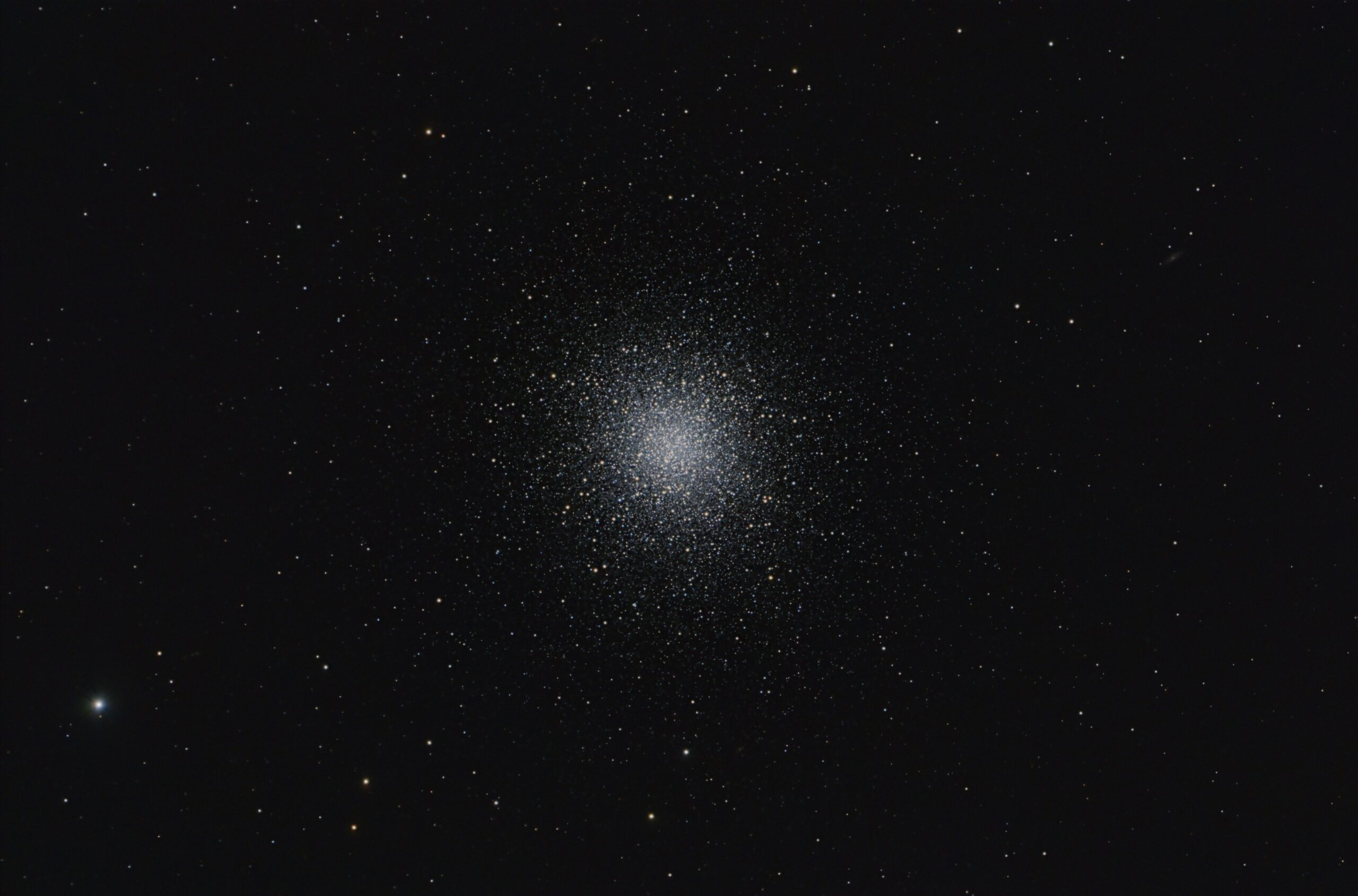
Globular clusters – fascinating and ancient giants
Globular clusters turn out to be true jewel boxes in the night sky when magnified appropriately in the telescope. Hundreds of thousands or even millions of stars standing together in a spherical structure in one spot – often up to over 30,000 light-years away from us. But what exactly are globular clusters and are they all the same?
-
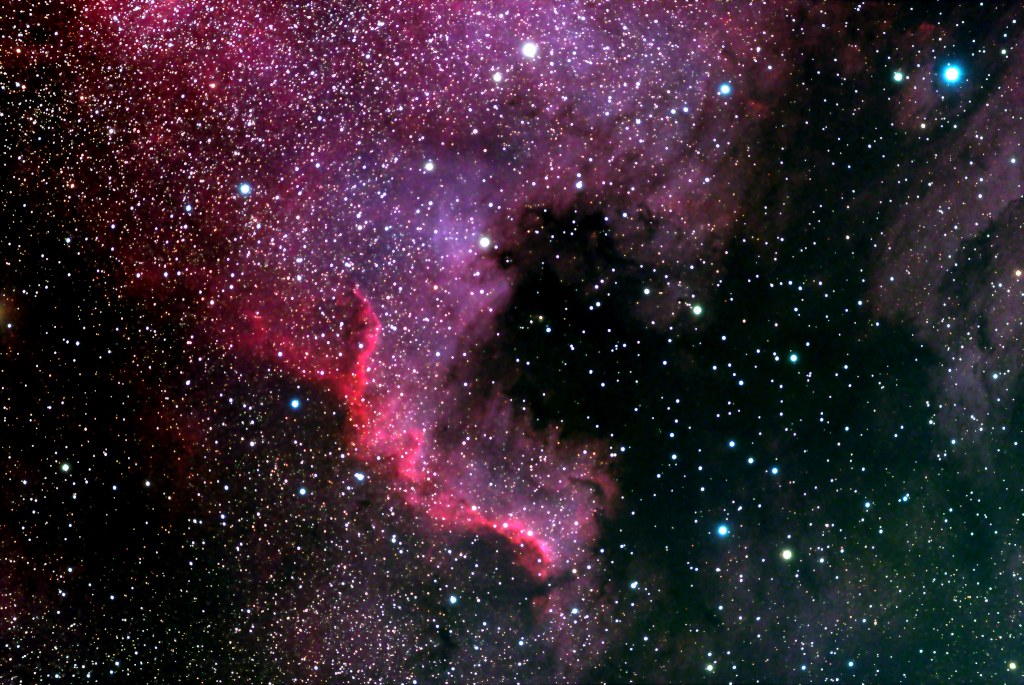
The UV source in the “Bahamas” and star birth in the “Gulf of Mexico” – The North American Nebula NGC 7000
On October 25th and 27th, 2024, the author photographed the North American nebula from an urban garden. Its appearance gives the nebula its name. The article is less about its appearance and more about some of the astrophysical properties of the nebula and the objects within it.
-
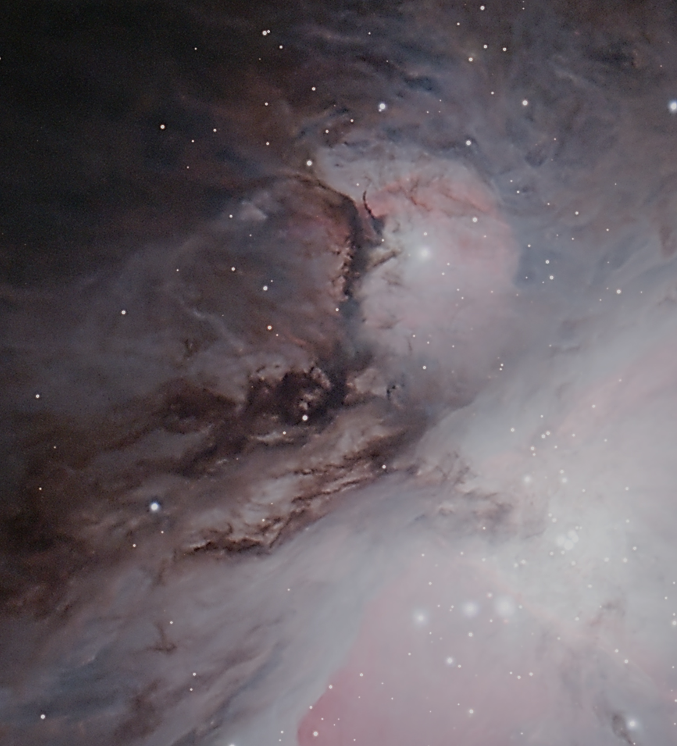
De Mairan's Nebula - M 43
The De Mairan Nebula, which is directly adjacent to the Great Orion Nebula, is often not mentioned at all when observing the entire region around the constellation Orion. But it may be the cause of the spectacularly glowing HII regions on the Sword of Orion.
-
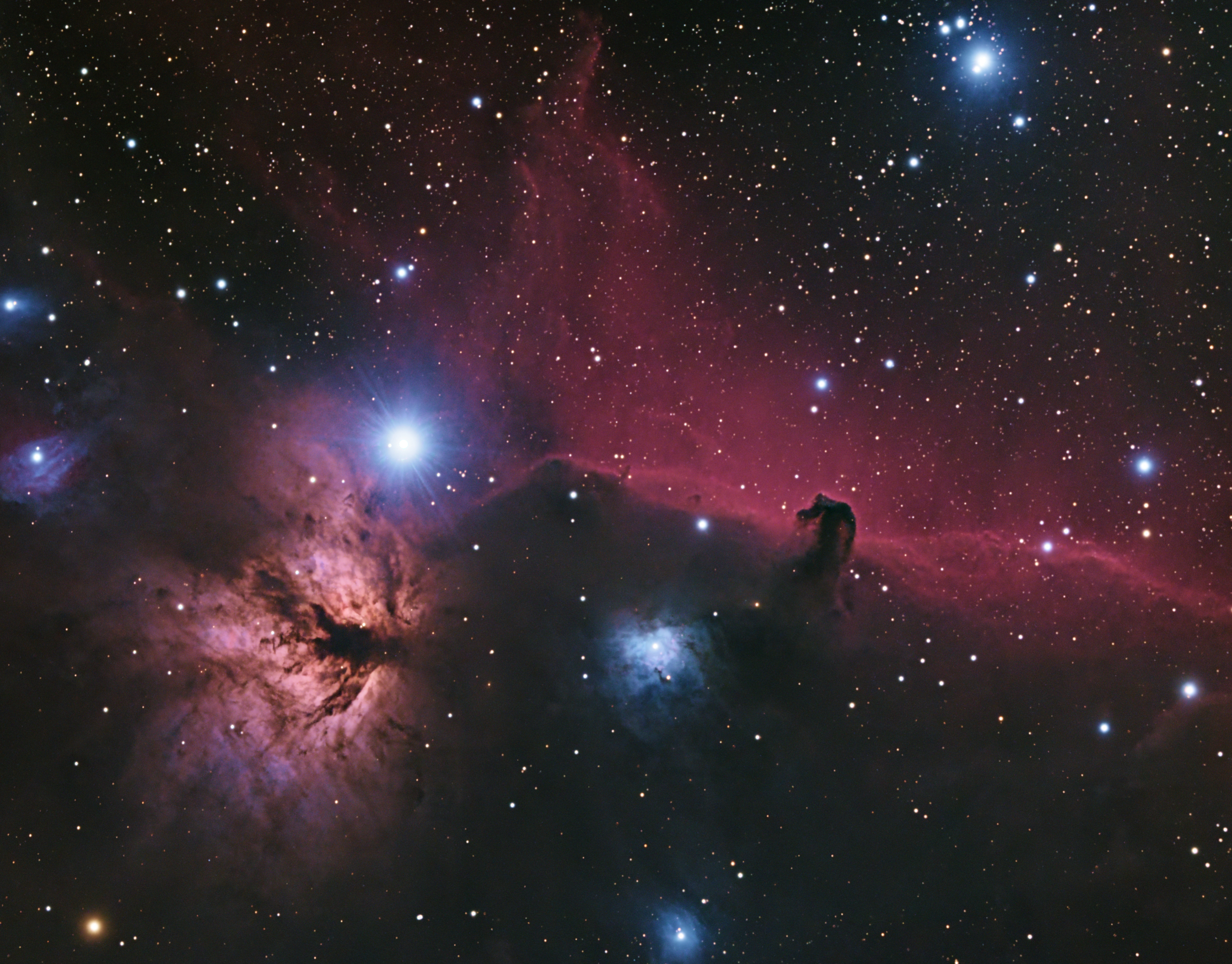
The Horsehead Nebula in Orion - B33
The closest active star-forming region to Earth is in the constellation Orion in the so-called Horsehead Nebula. Over the past two decades, a great deal of research has been done to understand its structural structure and the mechanisms at work within it.
-
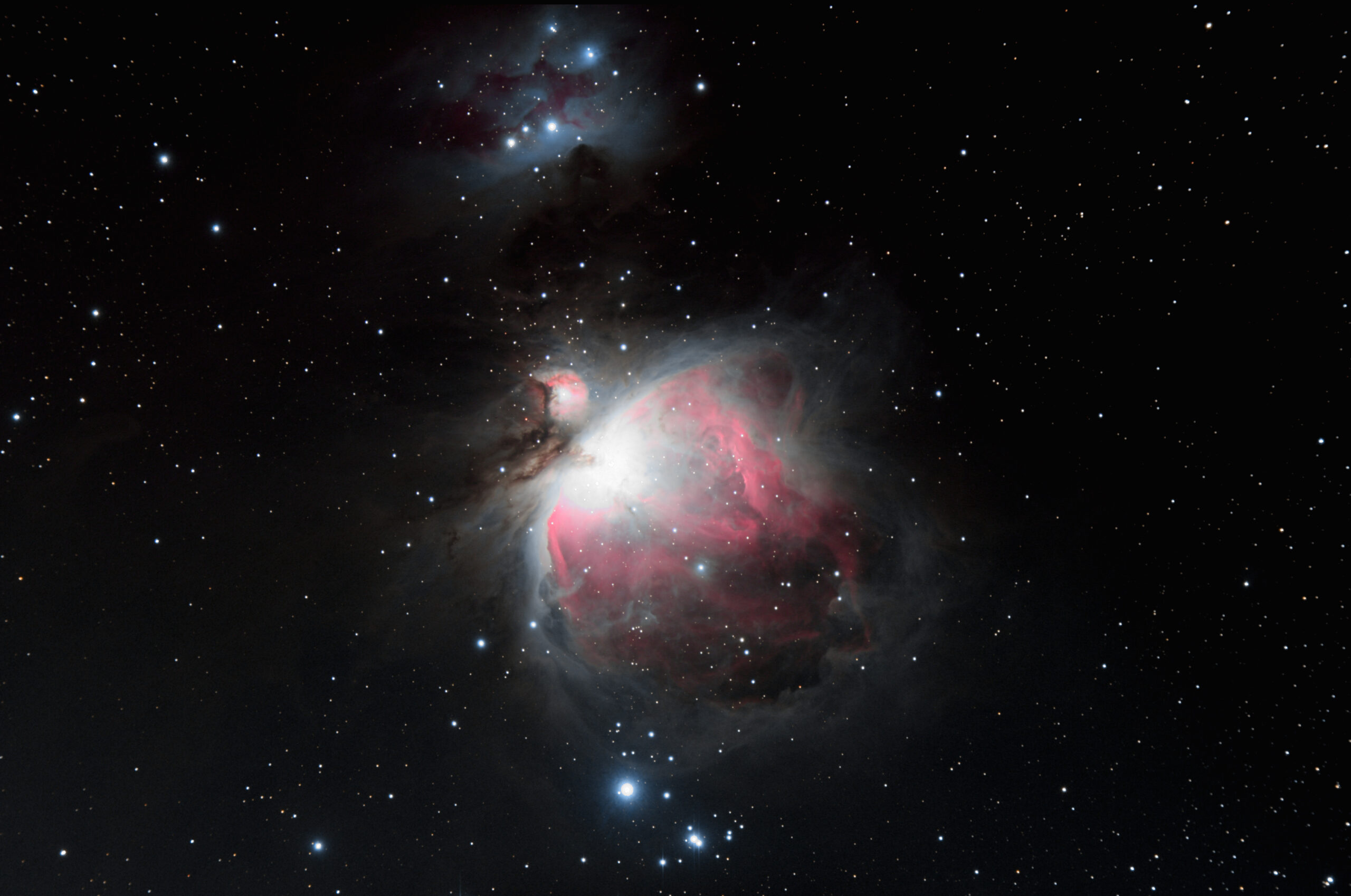
The Orion Nebula – M42
The Orion Nebula or M42 is probably one of the most striking and therefore well-known deep sky objects in the nighttime winter sky.
-
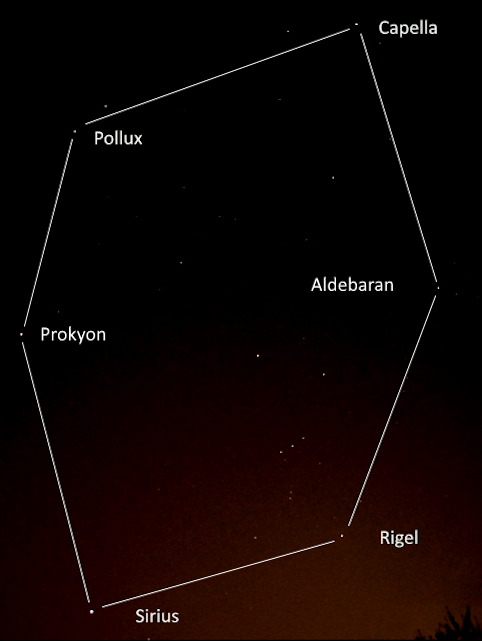
The Orion constellation and surrounding
The Winter Hexagon represents an asterism composed of six stars from six different constellations. It consists of the very bright stars Capella in the constellation Auriga, Aldebaran in Taurus, Rigel in Orion, Sirius in Canis Majoris, Procyon in Canis Minor and Pollux in Gemini – in the sky, these stars form a beautiful hexagon, in the middle of which Orion can be found.